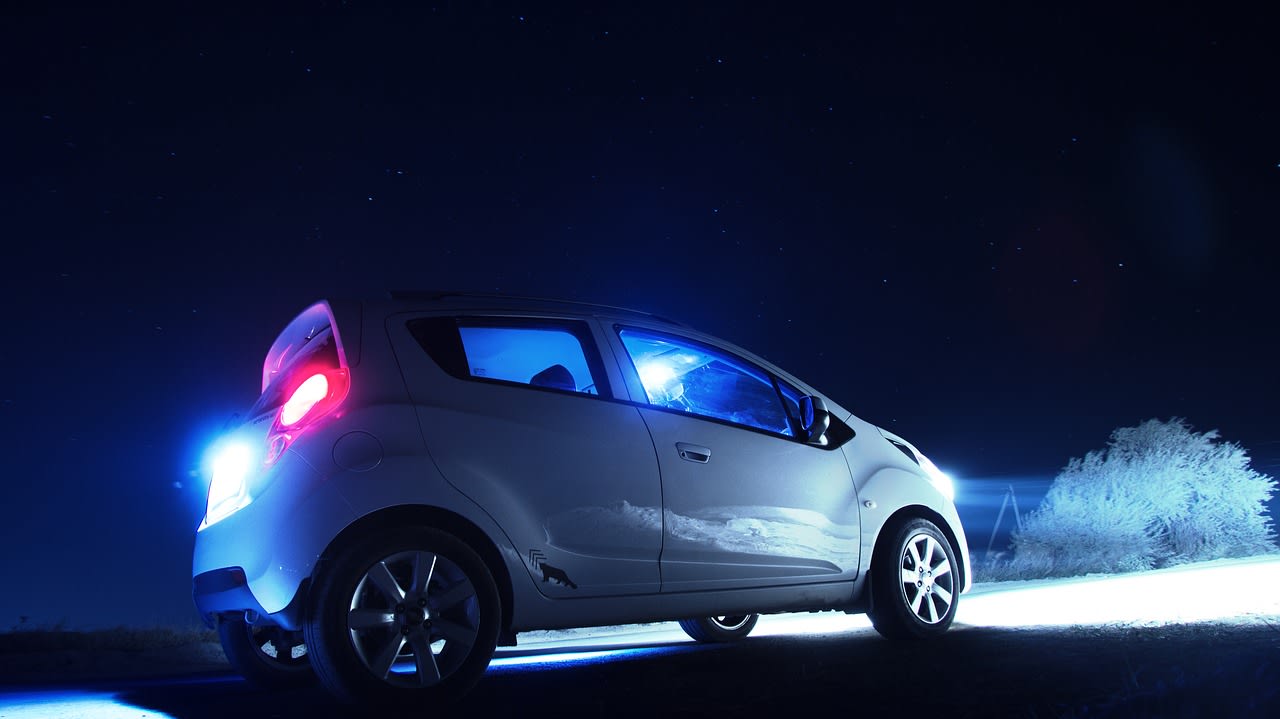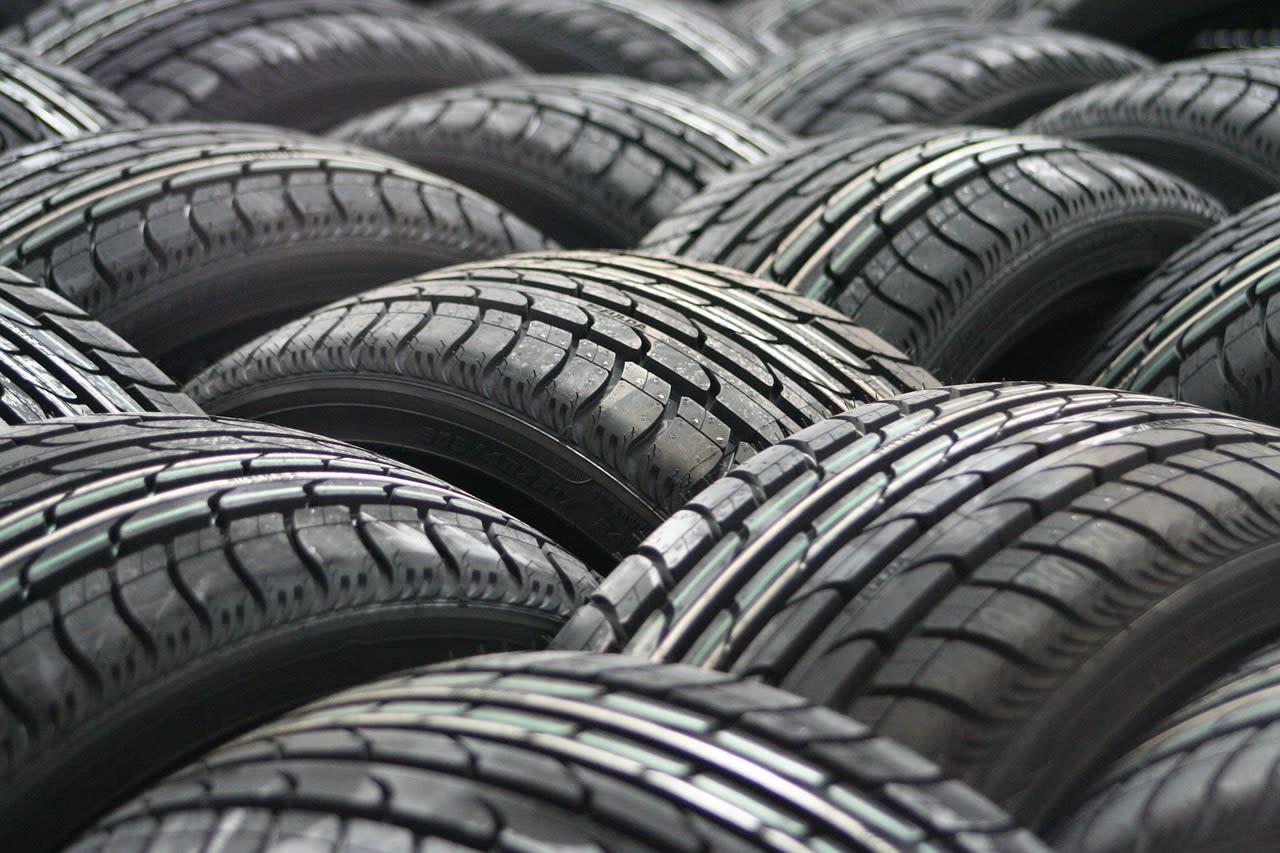With winter unleashing its usual heady mix of rain, ice and snow, it’s time to take a closer look at how to stay safe when out and about on our roads.
And it seems we need to: Over one third of us don’t feel prepared for winter driving according to a Nissan survey of 6,000 European drivers.
Worse, a survey by Motorconnect reveals a third of drivers admit they drive more dangerously in winter. It’s why Theory Test Pro has put together this essential guide to staying safer when out on private practise or heading out by yourself as a newly qualified driver:
1. How good are you at driving in the dark?
 Two in five of all collisions happen when it’s nighttime, says the Royal Society for the Prevention of Accidents. To stay safe as possible when it’s dark:
Two in five of all collisions happen when it’s nighttime, says the Royal Society for the Prevention of Accidents. To stay safe as possible when it’s dark:
- Check all your lights are working on a regular basis, and are clean
- Look to the left side of the road if an oncoming vehicle’s lights dazzle you
- Slow down safely if the lights continue to dazzle
- Do not dazzle oncoming traffic with your own main beams; remember to dip them
- Keep windows clean as crud reduces visibility and increases oncoming headlight glare
- Do not drive if tired; if you’re driving a long distance, ensure you stop every two hours for rest and a coffee
- If you’re still learning, book evening lessons with your instructor to build up your confidence driving at night.
2. Are your tyres legal?
It’s estimated there are ten million illegal tyres currently fitted to UK cars. If some of those are on your car, your tyres won’t be as effective in slippery conditions because they lack the tread needed to create traction or deflect water in the rain.
Illegal tyres are also bad for your wealth as well as your health: Expect a maximum penalty of £2,500 fine and three points for each tyre if they don’t meet minimum safety standards.
 To make sure your tyres are up to scratch, buy a tread depth gauge or, for a quick check, use a 20p coin. Place the coin vertically in the tyre’s tread; if the coin’s outer band is concealed by the tread, your tyres have enough tread. If not, you need to get them changed asap.
To make sure your tyres are up to scratch, buy a tread depth gauge or, for a quick check, use a 20p coin. Place the coin vertically in the tyre’s tread; if the coin’s outer band is concealed by the tread, your tyres have enough tread. If not, you need to get them changed asap.
3. Are you keeping your distance?
Most drivers know that stopping distances in icy conditions are increased, and that they should leave a greater gap between themselves and the vehicle in front.
The problem? How big that gap should be.
For instance, according to the Nissan survey, 30% of drivers believe the stopping distance is three times further than in normal conditions. The reality? You should leave at least ten times more distance.
4. Are all your windows clean?
Rule 229 of the Highway Code states: “Before you set off you MUST be able to see, so clear all snow and ice from all your windows.”
Fail to do so and you risk being charged with careless driving and ending up with a £1,000 fine, three points, and even disqualification.

For snow, you’ll need to scrape the white stuff off; don’t pour hot water over your windscreen as the sudden temperature change could shatter it.
Also make sure you fully defrost your windows but don’t be tempted to leave the engine running while you wait inside your home for the windows to clear.
If the car is stolen because you left the keys in the car, your insurance provider won’t cough up.
You may also fall foul of Rule 123 of the Highway Code, which states you must not leave a parked vehicle with its engine running; you run the risk of being fined if caught by the police.
5. Have you got the right kit?
While you’re not legally required to carry an emergency kit, you should keep one in the boot just in case. For instance, consider keeping:
- Emergency blankets (in case you break down)
- Emergency tools (think snow shovel, ice scraper and gloves)
- Emergency food & thermos (if you get stuck, it could be some time before help arrives)
- Emergency snow busters (think cardboard, de-icing salt or cat litter)
- Check out our Top 13 In-Car Essentials blog for a full list of recommendations.
(6. Do I really want to drive in bad weather?)
Your reaction to reading our advice might understandably be: “That all sounds dangerous so I’ll just stay at home.”
And, yes, you should only drive in bad conditions if you absolutely have to. However, it is also important to gain experience driving in adverse conditions with the person best qualified to train you: Your driving instructor.
The experience you receive during your driving lessons will be invaluable.
It means that instead of facing bad conditions for the first time by yourself once you’ve qualified, you’ll already have driven in bad weather and have the training you need to keep you and others safer.
Know Your Code
 Double your chances of theory test success with Theory Test Pro. Sign up for free here.
Double your chances of theory test success with Theory Test Pro. Sign up for free here.
